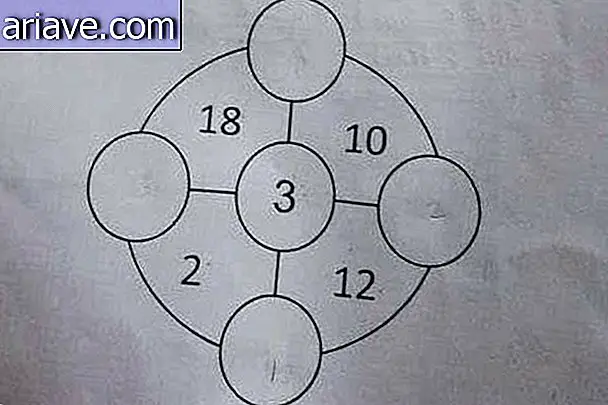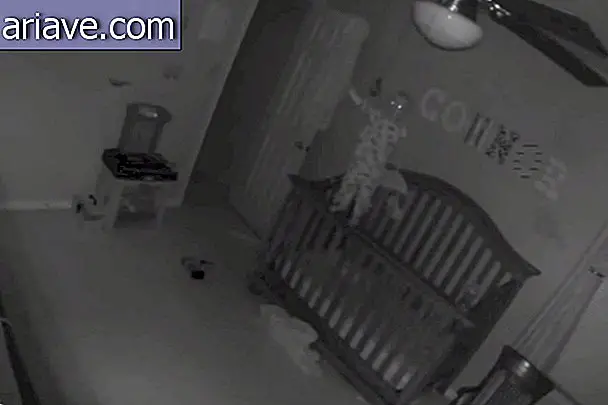Meet island that for half a year is from France and the other half from Spain
Between the years 1618 and 1648, the so-called Thirty Years War took place, a dispute over the Protestant reforms taking place at the time and involving a number of countries. It officially came to an end only in 1659 with the signing of the Pyrenees Treaty between France and Spain, which also helped define the borders between the two countries.
As is customary in many places, the course of a river was crucial for this demarcation. In this specific case, the Bidassoa river layout, which flows into the Bay of Biscay, was used. The Treaty of the Pyrenees was signed on Pheasant Island, a tiny island in the middle of the river, uninhabited, 215 meters long and 38 meters wide.

Since this island is right in the middle, it should also be halved between the two countries, but that's not what happened. For 6 months of the year, it is administered by France; after this period, it comes from Spain, where it “stays” for 6 months too! And most curious is that, before the treaty was signed, it belonged to no one! As it was a neutral territory, Spanish and French used it as a safe haven for exchanging prisoners of war.
Other great diplomatic events also took place on Pheasant Island: it was there that the French king Louis XIII met the Spanish bride Ana of Austria, whose brother Philip IV was interested in the sister of the king of France! Then it was Louis XIII's son, Louis XIV, who met his Spanish bride named Maria Teresa. What a family salad!

Nowadays, visitors can only see Pheasant Island from a boat passing just over 100 meters from it, but no visitors are allowed. Only those responsible for the maintenance and cleaning of the island - now France, now Spain - and naval commandos from both countries are allowed to set foot there.
Finally: there are no pheasants on the island.











